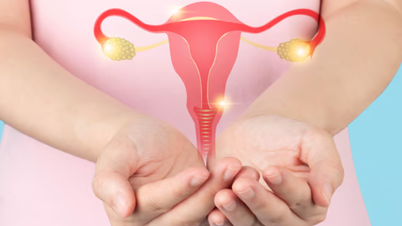Whether it is a headache or chronic pain due to arthritis... painkillers help us get rid of pain. Although they provide temporary relief, they also have many potential risks and need to be used appropriately and correctly.
1. Principles of pain relief and pain classification
The mechanism of action of analgesics often involves interference with pain signaling pathways. For example, nonsteroidal anti-inflammatory drugs (NSAIDs) reduce inflammation and pain by inhibiting the enzyme cyclooxygenase (COX). Opioids bind to opioid receptors in the central nervous system and activate the endogenous analgesic system to relieve pain.
The Numerical Pain Rating Scale (PRS) is a pain assessment tool that is widely used in clinical practice and can more accurately assess the patient's pain level. The scoring standard is mainly divided into 0 to 10 points: 0 points is no pain, 1-3 points is mild pain, 4-6 points is moderate pain requiring intervention, and 7-10 points is severe pain requiring urgent intervention.
This scoring method is a simple, effective and widely applicable pain assessment tool. It not only helps healthcare professionals accurately assess patients' pain levels but also provides important reference value in patient treatment and self-management.

Painkillers provide temporary relief from pain.
2. Classification of pain relievers
2.1 Mild and moderate pain relievers
- Paracetamol is a widely used drug to relieve mild to moderate pain. This is an over-the-counter pain reliever and is often used for pain such as headaches, muscle aches... The usual dose is 500mg to 1g every 4-6 hours, maximum 4g/day. Non-steroidal anti-inflammatory drugs (NSAIDs) such as ibuprofen are also a common group of drugs used to relieve mild to moderate pain, pain due to inflammation and bone pain not accompanied by tumor emergencies.
Paracetamol can cause serious liver damage if overdosed. For non-steroidal anti-inflammatory drugs, it should be taken with food or after meals. Patients should read the instructions carefully before use to understand the information about the drug to use it correctly.
- Moderate pain is pain with an NRS score of 4 to 6 points such as musculoskeletal pain, menstrual cramps, toothache, pain after dental procedures... can use codeine, tramadol, dextropropoxyphene... In addition, drugs combining paracetamol and codeine also effectively relieve moderate pain.

Although they provide temporary pain relief, these medications also carry potential risks and must be used appropriately and correctly.
2.2 Severe pain relievers ( strong opioids)
Typical drugs include fentanyl, sufentanil, morphine... suitable for severe pain (NRS score of 6 or higher), post-surgical pain relief, cancer pain and maintenance treatment of chronic pain...
Although the drug is very effective in controlling pain, it can cause many adverse reactions and dangerous side effects, especially if used incorrectly or in overdose. For example, fentanyl can suppress breathing, causing difficulty breathing, slow breathing, or respiratory arrest. This is a serious side effect that can lead to cardiac arrest if not treated promptly. Therefore, the use of the drug requires close supervision by a doctor and strict adherence to dosage and instructions for use to minimize the risk of serious side effects.
In summary, when using painkillers, it is important to consider the pros and cons of the drug. Long-term or excessive use can lead to dependence, increasing the risk of abuse and health problems, and can also mask health problems and delay treatment. It is important to find the cause of pain and treat it instead of relying on painkillers alone.
Pain relievers are generally safe when used in moderation for mild pain, but for long-term or severe pain, consult a doctor and do not self-medicate.
Dr. Tran Phuong Duy
Source: https://giadinh.suckhoedoisong.vn/can-luu-y-gi-khi-lua-chon-thuoc-giam-dau-172250219215025959.htm




























![[Photo] Urgently help people soon have a place to live and stabilize their lives](/_next/image?url=https%3A%2F%2Fvphoto.vietnam.vn%2Fthumb%2F1200x675%2Fvietnam%2Fresource%2FIMAGE%2F2025%2F12%2F09%2F1765248230297_c-jpg.webp&w=3840&q=75)














































































Comment (0)